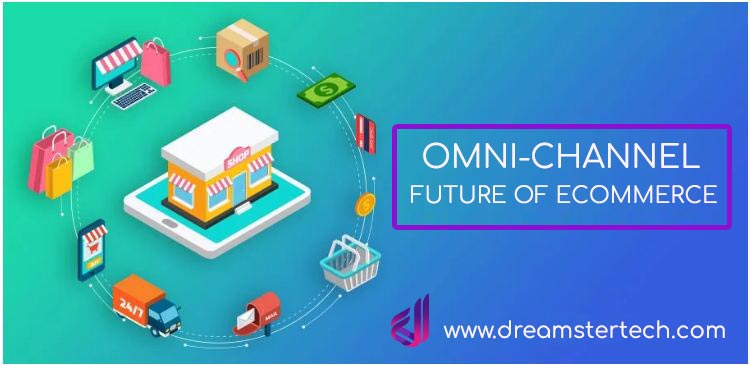Omni-channel retail (or omnichannel commerce) is a multichannel approach to sales that focus on providing seamless customer experience whether the client is shopping online from a mobile device, a laptop or in a brick-and-mortar store.

According to Harvard Business Review, 73 percent of all customers use multiple channels during their purchase journey. Only when the customer has gathered as much information as possible from a variety of sources to support their purchase decision, will they decide to buy from a retailer.
Omnichannel operations focus on the entire customer experience—not the customer’s individual experiences on different channels.
What is The Difference Between Omnichannel and Multichannel?
Let’s break the terms down one by one:
Single-channel commerce means you’re selling your product via one sales channel only. This could be your brick-and-mortar store, your web shop or an online marketplace like eBay. This alone can work perfectly well. But, if you want to give your customers a richer experience with your brand, it’s wise to look into additional channels where you can sell your product.
Multichannel commerce sells your product to your customers on different channels, both online and offline. You interact with your customer via social media, by phone and in your physical store. Your online presence is on point and your customers know where to find you. Multichannel is already a great strategy to get people engaging with your brand.
Omnichannel commerce takes place on multiple channels too, like the multichannel commerce strategy. Without multichannel, there’s no omnichannel. The big difference is that omnichannel commerce connects all channels. This means your customer has a seamless experience across all platforms.
Benefits of Omnichannel Commerce
#1: Better Customer Experience
What do your customers expect? Number one on the list is a unified experience.
According to UC Today, 9 out of 10 consumers want an omnichannel experience with seamless service between communication methods.
As the number of touchpoints is increasing, so is the need for a seamless integration from one touchpoint to another.
Whether it’s a social ad, an email newsletter, a mobile push notification, a conversion with your chatbot or a face-to-face chat with your store staff.
By breaking down the walls between the channels in a business, the consumer is empowered to interact with a company in a way that feels natural to them.
#2: Increase in sales and traffic
Making your sales strategy omnichannel-proof isn’t that simple. But it’ll definitely be worth your time and money.
A study of 46,000 shoppers shows that omnichannel customers spend more money than single-channel customers.






